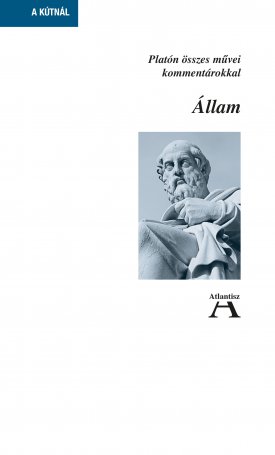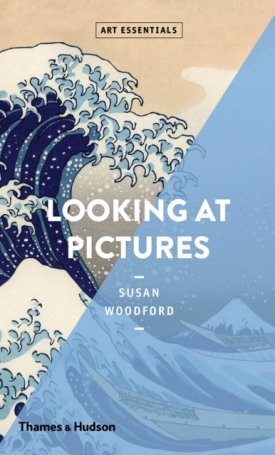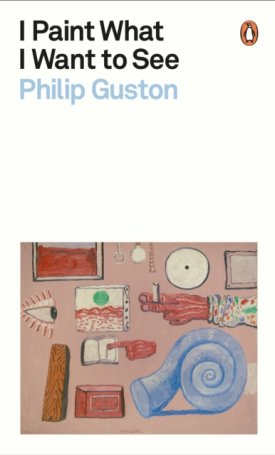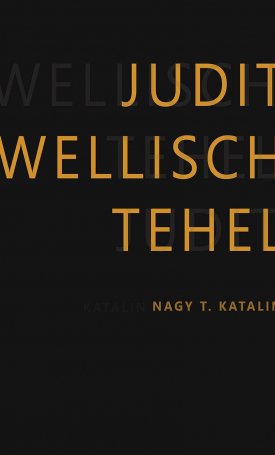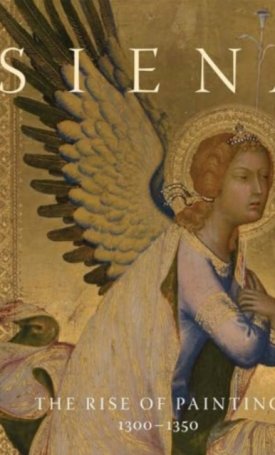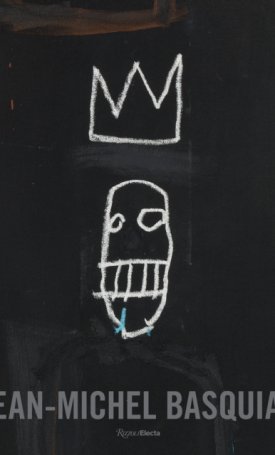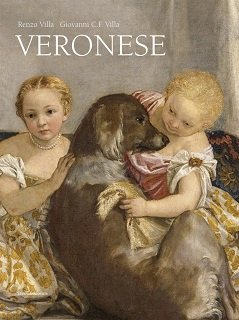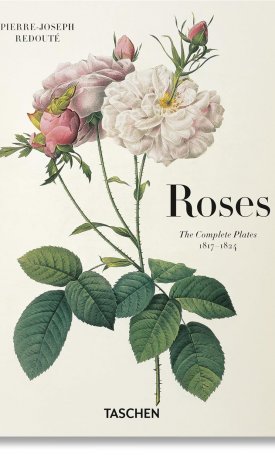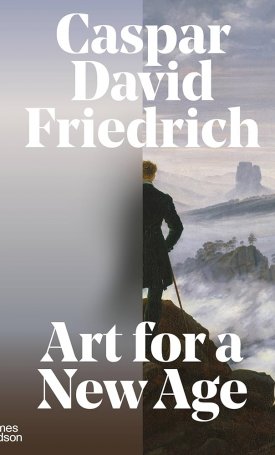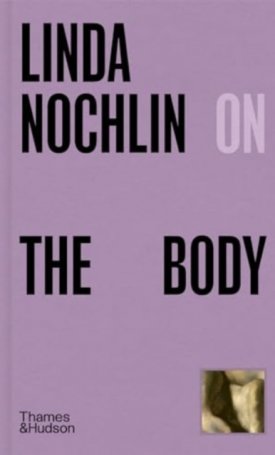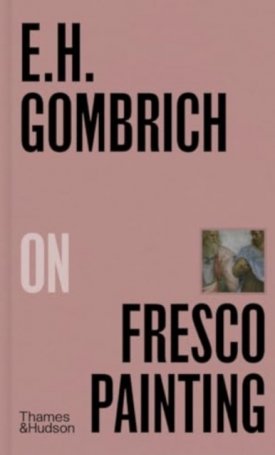Rubens
Rubens
One of the most versatile and influential artists of northern Europe in the 7th century, Peter Paul Rubens (1577-1640) had a remarkable ability to bring his paintings intensely and joyfully alive. He was a successful businessman who ran an efficient studio, and was also a classical scholar, an enthusiastic collector of art and antiquities, and a respected diplomat on intimate terms with European royalty. Contemporaries admired his extraordinary artistic versatility. His paintings include portraits, altarpieces, allegories and landscapes; he also designed tapestries, book illustrations, silverware and his own home. In this study, Kristin Lohse Belkin shows that there is more to Rubens than the Rubenesque nude. She explores his techniques and workshop practices, the role of women in his life and art, and his engagement with contemporary issues of Church and state. She unravels the allegorical and iconographic content of key works, situating them within their original settings. Drawing on his extensive correspondence, she traces his involvement in the events of his time.



